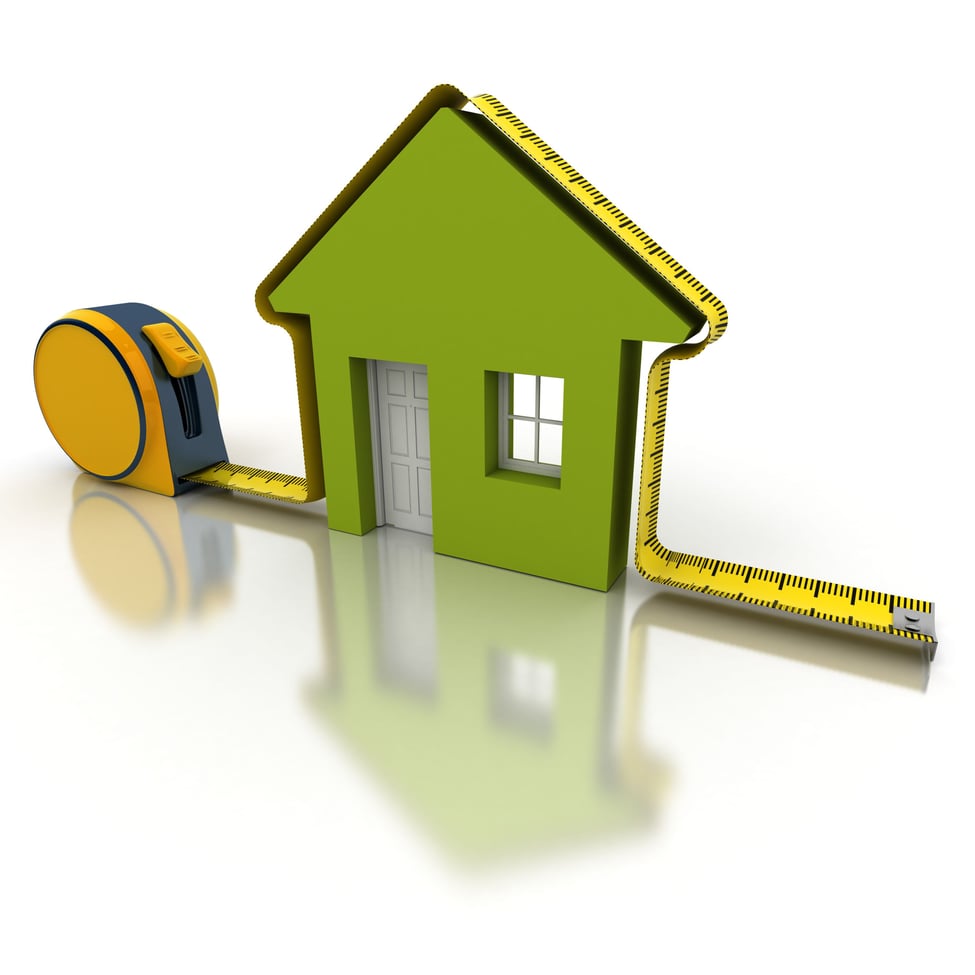When purchasing a home, understanding its square footage is crucial for assessing its value and suitability. Unlike commercial properties, residential square footage measurements in Canada lack standardized guidelines, leading to inconsistencies across listings. This variability can significantly impact pricing and buyer expectations.
Why Square Footage Matters
Square footage serves as a primary metric for evaluating residential properties. Buyers often use it to compare homes and gauge pricing. For instance, in condominiums, price per square foot comparisons help buyers determine value across different units within the same building. However, discrepancies in reported square footage can lead to misunderstandings and affect negotiations.
How to Calculate Square Footage
Calculating square footage is straightforward but varies based on property type and regional practices. For rectangular rooms, multiply length by width. For irregular shapes, divide the space into measurable sections and sum them up. Modern technologies like laser measurements ensure accuracy, which is crucial for fair pricing and avoiding disputes.
Inclusions and Exclusions
Not all spaces within a property count towards its total square footage. Generally, only habitable areas with adequate ceiling height, finished walls, and flooring are included. This excludes spaces like garages, basements, and unfinished attics. These distinctions are vital for accurately representing a property's livable area.
Differences Between New Builds and Resale Homes
Square footage measurements can vary between new construction and resale homes. Builders often measure from exterior walls, which may inflate the total area compared to resale homes where measurements are taken from interior walls. This disparity underscores the need for clarity in contracts and meticulous measurement verification.
Regional Variances
Across Canada, provinces employ different measurement standards. Alberta stands out for its Residential Measurement Standard (RMS), ensuring consistent reporting of livable space. Other provinces rely on outdated guidelines or lack specific regulations, contributing to discrepancies in reported measurements.
Ensuring Accuracy
To safeguard against inaccuracies, buyers should consider professional measurement services that provide detailed floor plans and precise calculations. Virtual tours and 3D models are increasingly employed to enhance transparency and reduce discrepancies between advertised and actual space.
Addressing Inaccuracies
Buyers encountering discrepancies post-purchase have options. These include negotiating a price adjustment based on accurate measurements, seeking recourse through real estate boards, or consulting legal professionals if misrepresentations are severe.
Understanding and verifying square footage measurements is essential for informed real estate transactions in Canada. Buyers should prioritize obtaining accurate measurements and ensuring they align with their expectations and financial investment. By navigating these complexities with diligence, homebuyers can make confident decisions and mitigate potential disputes, securing their investments effectively.

